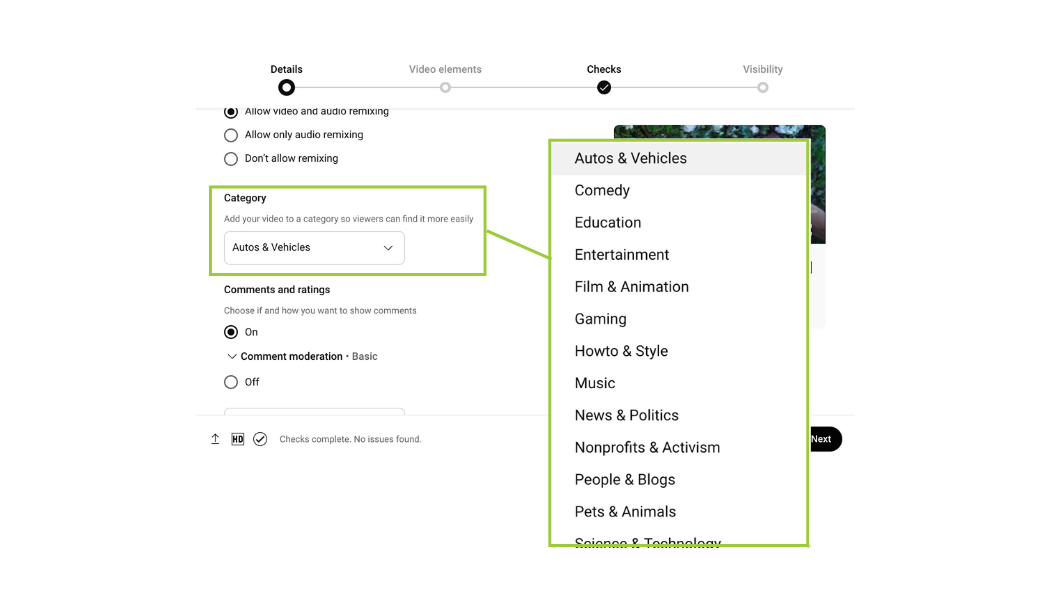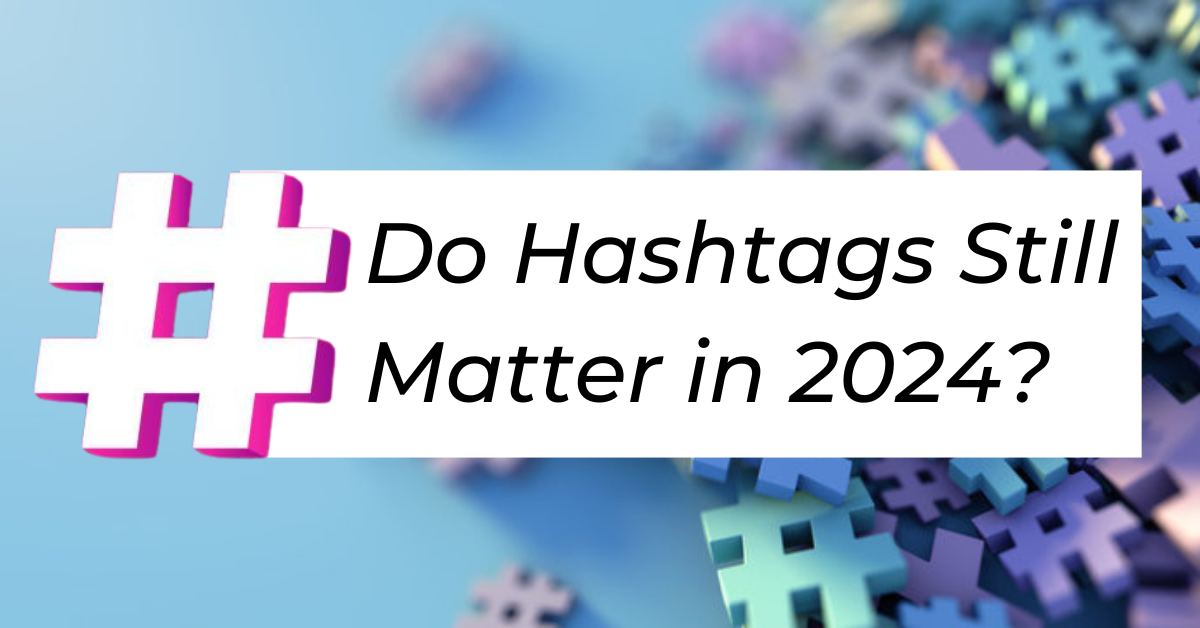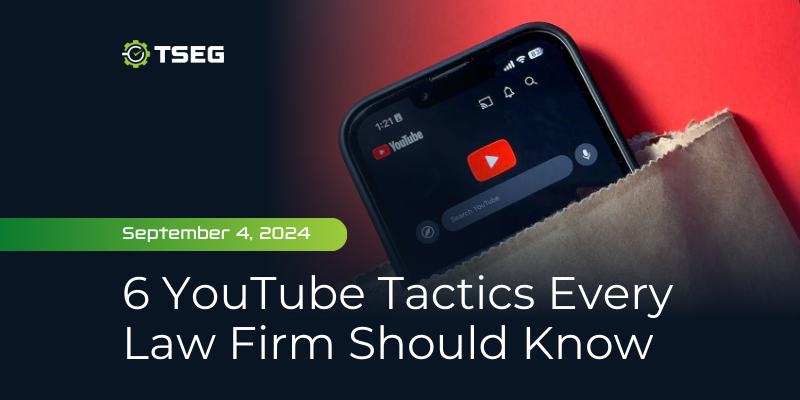6 YouTube Tactics Every Law Firm Should Know
Posted on Wednesday, September 4th, 2024 at 6:18 pm
New Insight on YouTube’s Algorithm
Video content has become a powerful tool for law firms to connect with potential clients and showcase their expertise. YouTube, as the world’s second-largest search engine, provides an ideal platform for attorneys to share insights, build trust, and expand their reach. Recently, YouTube’s Creator Liaison Rene Richie, released multiple videos on X explaining the nuances of YouTube’s algorithm. These insights offer valuable guidance on how to improve video visibility and engagement, making them particularly relevant for those in the legal field.
Content > Categories
When uploading videos to YouTube, selecting the right category might seem like a minor detail, but it plays a role in how your content is discovered. While category selection can provide some context to YouTube’s algorithm, it doesn’t hold as much weight as the overall quality and relevance of your content. For law firms, it’s more effective to focus on producing content that directly addresses the needs and interests of your target audience rather than worrying too much about which category your video falls into.
Choosing a category that closely aligns with your legal practice can help position your video in relevant searches, but it’s the content itself that will ultimately drive engagement. Consider the topics that matter most to your clients—whether it’s insights into personal injury claims, understanding estate planning, or managing business litigation. By producing videos that offer real value, you’ll naturally attract the right viewers, with the category acting as a supporting element in your overall strategy.

Engagement is King
Audience engagement is a key factor in determining how well your videos perform on YouTube. The platform’s algorithm favors content that prompts viewers to interact—whether through likes, comments, shares, or even watch time. For law firms, this means creating content that informs and engages your audience on a deeper level.
To maximize engagement, consider producing videos that address common legal questions or provide insights into complex legal issues. Encourage viewers to leave comments or ask questions, and be sure to respond to them. This fosters a sense of community and signals to YouTube that your content is resonating with your audience.
Another effective strategy is to create content that invites viewers to share their experiences or opinions. For example, you might create a video discussing recent changes in personal injury law and ask viewers to share how these changes might affect their cases. By making your content interactive, you increase the likelihood of the algorithm working in your favor.
Hashtag Tricks
In the earlier days of YouTube, tags and hashtags played a significant role in helping videos get discovered. However, their importance has diminished as the platform’s algorithm has become more sophisticated. Today, while tags and hashtags can still provide some context for your videos, they are no longer the primary drivers of visibility.
One strategic use of tags that can still be beneficial is including common misspellings of your firm’s name in the uploader. This can help capture search traffic from users who might accidentally type your name incorrectly when searching on YouTube. However, the bulk of your efforts should go towards crafting compelling titles, thumbnails, and video descriptions. These elements are far more influential in catching the attention of potential viewers and encouraging them to click on your videos.

Keywords in Descriptions
While tags and hashtags may have taken a backseat, the keywords you include in your video descriptions remain a valuable tool. A well-crafted description signals to YouTube’s algorithm what your video is about, helping it appear in relevant search results.
For law firms, it’s important to write descriptions that naturally incorporate keywords related to your practice areas. Avoid the temptation to stuff your descriptions with keywords—this can be off-putting to viewers and may even work against you in the algorithm. Instead, focus on writing clear and concise descriptions that accurately reflect the content of your video, weaving in keywords where they fit naturally.
For instance, if your video discusses the process of filing a personal injury claim, your description might include phrases like “how to file a personal injury claim,” “personal injury lawyer tips,” or “what to expect in a personal injury lawsuit.” Additionally, consider including a brief call to action, such as inviting viewers to contact your firm for more information. This enhances the user experience while driving more engagement with your content.
Upload Consistency
While the frequency of video uploads might not be the most influential factor in YouTube’s algorithm, maintaining consistency is important for building and retaining an engaged audience. Regular uploads keep your content fresh in the minds of viewers, encouraging them to return to your channel for more.

Developing a consistent posting schedule can effectively build trust and loyalty among your audience. Whether you’re posting weekly legal tips, monthly case studies, or updates on new laws, consistency helps establish your firm as a reliable source of information. This signals to YouTube that your channel is active and engaging.
Additionally, consistency in content quality is just as important as how often you post. Ensure that every video you release meets the high standard your viewers expect, whether in terms of the information provided or the production value. By balancing frequency with quality, your firm can create a sustained and impactful presence on YouTube.
Where Views Come From
There’s a common misconception that low retention rates from external traffic—such as viewers who watch your embedded videos on other websites—can negatively impact your video’s ranking on YouTube. However, YouTube’s algorithm is more concerned with the overall engagement and watch time your content generates, rather than where the views originate.
This means that embedding your videos on your website, sharing them on social media, or driving traffic from email newsletters won’t hurt your video’s performance, even if the retention rates from these sources are lower. Instead, these external traffic sources can help broaden your reach and introduce your content to a wider audience.
To make the most of external traffic, consider creating video content that complements your website’s existing resources or answers common questions your audience might have. For instance, a video explaining the steps in a legal process could be embedded in a related blog post, providing value to both your website visitors and YouTube channel.
Stay Informed With TSEG
By staying informed about the latest updates to YouTube’s algorithm, we help our clients craft content that reaches a broader audience and resonates with them on a deeper level. TSEG’s expertise in legal marketing ensures that your firm’s video content is strategically optimized for maximum visibility and engagement, positioning you as a trusted authority in your field. Let TSEG guide your law firm to success on YouTube and beyond, ensuring that your message is seen, heard, and remembered.
